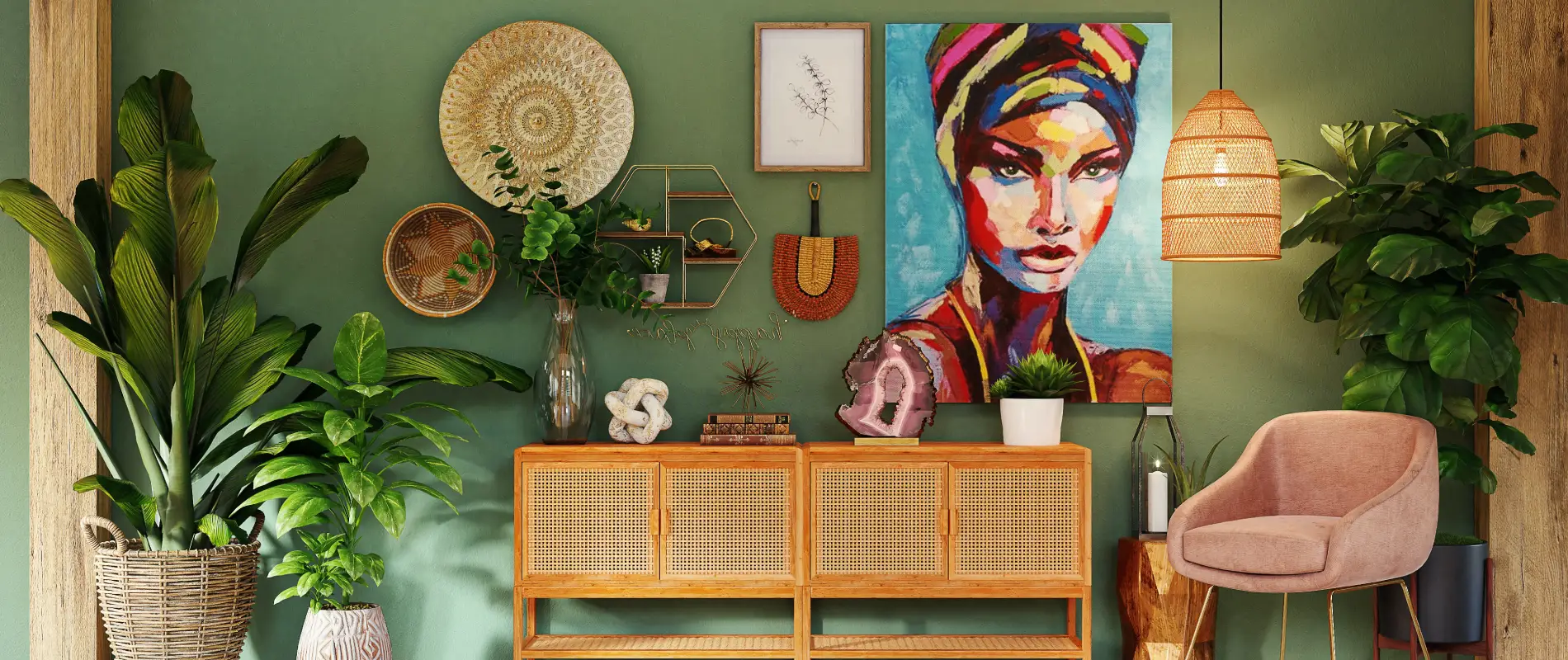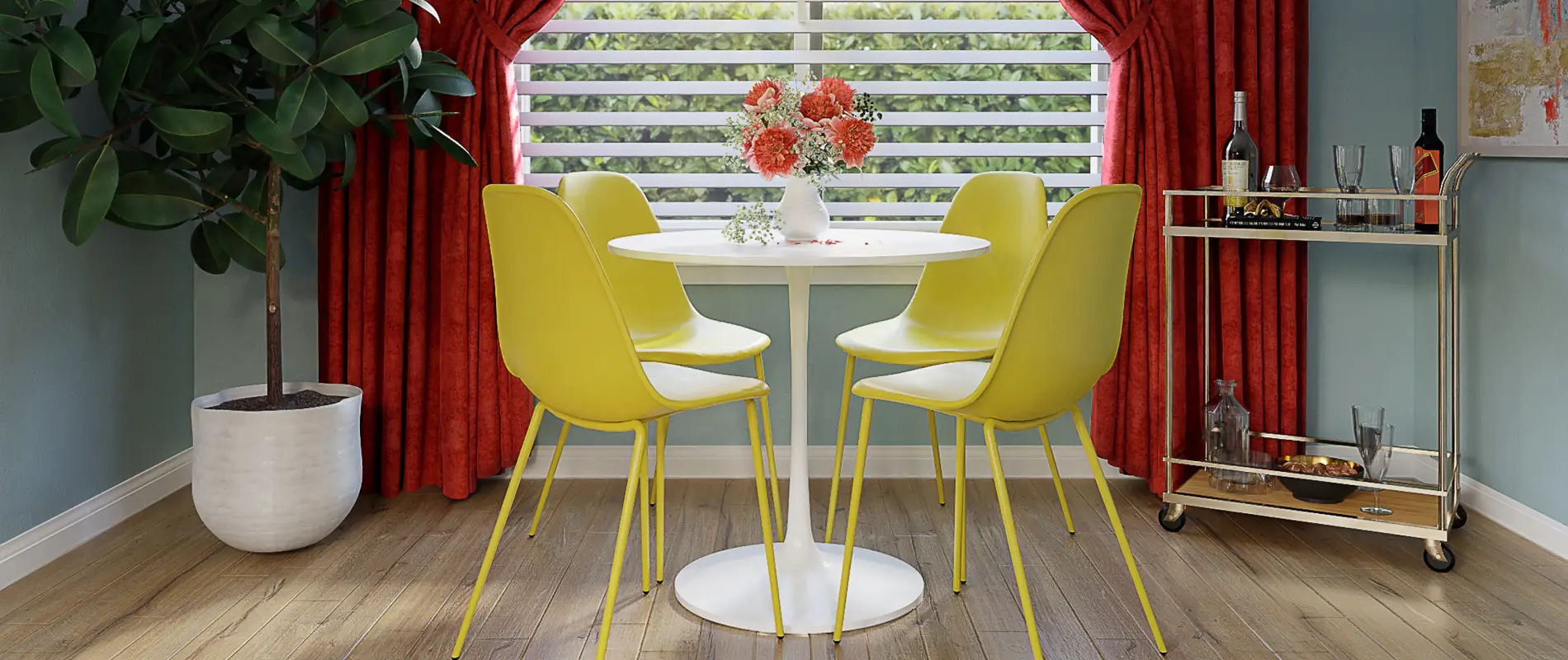
WordPress themes: 404 Page Pro FFP-PRO-08
Try MaxiBlocks for free with 500+ library assets including basic templates. No account required. Free page builder, theme and updates included. Start now
How to customise your WordPress 404 page template made by MaxiBlocks
A 404 page may not be the first thing you think of when building your website, but it plays a key role in user experience. This WordPress 404 page design template by MaxiBlocks makes the best of an unfortunate situation, transforming it into an opportunity for engagement. With its quirky design featuring a dog and a cat, an effective call to action, and clear contact information, this template combines charm and functionality to keep your visitors on track. Let’s take a closer look at each section of the template and explore how you can customise it to suit your website’s branding and personality.
What is a 404 page and why is it important?
A 404 page appears when a user tries to access a page that doesn’t exist. It may be due to a broken link or a typo, but rather than simply frustrating your visitors, a good 404 page provides an opportunity to redirect them back to your content. By providing helpful information, engaging visuals, and clear options for users, you can turn a dead end into a chance to keep visitors on your site.
When designing a 404 page with MaxiBlocks, you can use WordPress’ full site editing feature to seamlessly integrate it into your overall site design. You can also leverage MaxiBlocks’ library of premade patterns and elements to make the page more functional and visually appealing.
Learn more about full site editing here.
The content and layout: Section by section
Main Message: 404 Text and Supporting Line
The most prominent feature of this 404 page template is the large, bold “404” text right in the middle. This clean, eye-catching font immediately communicates that the user has landed on an error page. Beneath the main text, you’ll find a smaller line of text: “Hello from the other side.” This touch of humour softens the frustration of an error and adds a human element to your website.
Tips for Customising the Main Message Section:
- Replace “Hello from the other side” with a phrase related to your brand’s personality (e.g. for a health website, try something like “It looks like this page is under the weather.”)
- Adjust the “404” font size and style to better match your website’s typography.
- Add an animated number counter effect to the “404” for a creative touch.
- Use a block pattern text style for consistency with your website branding.
- Include a headline below the “404” that offers a suggestion (e.g. “Let’s get you back on track!”)
- Change the background colour of the “404” text to ensure good contrast.
- Incorporate small icons like arrows or directional symbols to guide users.
- Add a link directly below the text to guide users back to a relevant page.
- Use a fun animated WooCommerce icon for e-commerce sites.
- Test different colours to make sure the text grabs attention without overwhelming.
Background Image: Cat and Dog
The background image features a Labrador and a cat on either side of a foggy glass. The dog, outside looking in, and the cat, inside looking out, create a sense of separation that amusingly ties into the “404” theme. This light-hearted imagery helps maintain user engagement rather than simply presenting a blank error page.
Tips for Customising the Background Image Section:
- Swap out the dog and cat image with photos that reflect your brand (e.g. for a food website, use photos of kitchen items or restaurant dishes).
- Adjust the opacity of the background image to make text readability clearer.
- Use dynamic or seasonal images (like a winter or summer theme) for added relevance.
- Add subtle animations to the animals in the background for a quirky effect.
- Replace the foggy window effect with something clearer or more in line with your brand theme.
- Incorporate an image showcasing your website team for a personal touch.
- Use the WordPress icon library to add simple visual elements.
- Adjust the image filter to match your brand colours.
- Include an SVG animation of a hand waving or pointing.
- Use a slider logo pattern instead of a static image to feature brand partners or clients.
Call to Action and Hotline
Beneath the main “404” text is a bright orange button labelled “Get a quote.” This button is a great way to capture leads, offering users a direct way to move forward instead of feeling stuck. Additionally, there is a hotline number presented in the same area for further help. The orange button stands out clearly against the rest of the page, making it easy for users to find.
Tips for Customising the Call to Action Section:
- Change the button text to suit your business goals (e.g. “Go Home,” “Contact Us,” or “See Our Services”).
- Add a second button, such as “Browse FAQ pages,” for an additional option.
- Adjust the button colours to align with your brand colours and make it match your website footer.
- Include small icons next to the button text to make it more visually compelling.
- Use MaxiBlocks’ premade patterns to add hover effects to the button.
- Add a pricing table or testimonials design next to the button for added persuasion.
- Include social proof next to the hotline to increase credibility.
- If relevant, link the hotline number to a contact form so visitors can fill in details easily.
- Add an email subscribe form directly below the button.
- Customise the shape of the button—try rounded edges for a friendly look or sharp edges for a more professional feel.
Different types of websites that can use a WordPress 404 page
A well-designed 404 page is useful for a range of websites across different industries. Here’s how different website types can use this 404 page effectively:
- Health websites: Use the hotline to link users to a health advisor or a medical consultation.
- Diet homepage template: Add a “Get back on track with our diet plans” button.
- Agency homepage template: Include a link to “View our work” to draw users in.
- Business homepage template: Add contact information for quick help.
- Non-profit homepage template: Direct users to the “How you can help” section.
- Travel homepage template: Feature a scenic background image with a call to action to “Explore our travel packages.”
- Home services homepage template: Include an option for users to “Book a service” if they’ve gone off-track.
- Photography homepage template: Showcase a few stunning images to encourage users to view your portfolio.
- Consulting homepage template: Link users to testimonials design or case studies.
- Law firm homepage template: Include a call to action for a free consultation.
- Food and restaurant homepage template: Provide links to menus or a WooCommerce shop for ordering.
Explore more homepage design templates to understand which styles might be suitable for your site.
Final thoughts
A 404 page doesn’t have to be a dead end. Using MaxiBlocks and WordPress full site editing, you can create a 404 page that reflects your brand, engages your users, and keeps them from leaving your site. By customising each section—from the playful background image to the effective call to action—you can turn this error page into an asset.
If you’re looking for inspiration or further templates, MaxiBlocks provides a range of WordPress websites and design resources for all sorts of needs, from WordPress website design to Elementor alternatives. Whatever your website needs, there are WordPress website builders that can help you craft the ideal experience for your users.


